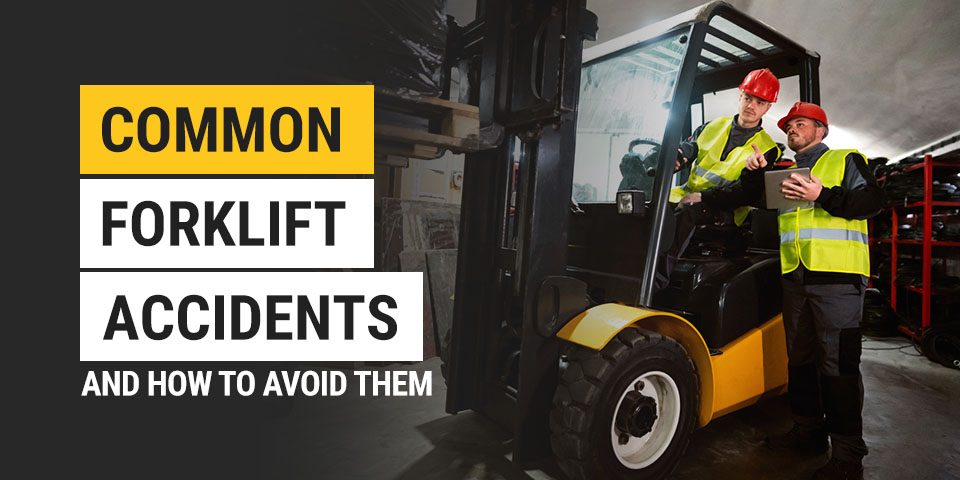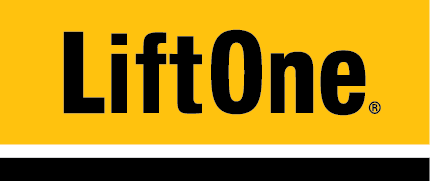
Without proper safety precautions, operator training or handling techniques, forklifts can be a hazard in your workplace. According to the Occupational Safety and Health Administration (OSHA), over 96,000 forklift accidents occur each year. Below are the three main causes of injuries related to forklifts and how you can address them:
1. Forklift Overturns
One of the most common causes of forklift accidents is due to the equipment turning over. Common reasons for forklift overturns include:
- Unbalanced loads: If the forklift load is too heavy or unevenly distributed, the weight shifts the equipment's center of gravity. It might become unable to hold the weight in a stable position and tip over.
- Sharp turns: Abrupt movements can disrupt a forklift's balance. Making a sudden turn or shifting on an uneven surface can cause a turnover.
Employers can reduce overturns by enforcing OSHA forklift safety guidelines. Operators should also be properly trained on the equipment they are using. Operators must follow speed limits and should slow when turning. Supervisors should check forklift loads to ensure they have even weight distribution.
2. Pedestrian Accidents
Pedestrian accidents occur when a forklift strikes or hits a pedestrian. Pedestrian collisions often occur due to:
- Lack of visibility: If forklift operators cannot see their surroundings, they increase the risk of colliding with nearby employees or pedestrians. Similarly, pedestrians might be unable to see forklifts and walk into their space without knowing.
- Lack of signaling: Operators must signal their intentions to pedestrians while the equipment is moving. Suddenly turning or changing directions without a signal can result in a collision.
- Lack of training: Operators that are not trained might not understand the risks of handling forklifts or the correct way to avoid accidents.
To help avoid pedestrian accidents, operators should be comprehensively trained and understand the hazards of working around pedestrians. Operators should also be regularly trained on topics like proper signaling. In addition, certain safety products can be installed, such as alarms, blind spot cameras and mirrors, to help operators be more aware of their surroundings. Advanced detection systems are also available to keep operators informed of pedestrians and obstacles in close proximity, helping prevent accidents before they happen.
3. Falling Loads
Loads can slip, tip or fall off forklifts during use. These movements make it difficult or impossible to transport products safely. Falling loads occur because of:
- Loose loads
- Off-center loads
- Unsecured loads
- Moving too quickly
Avoid forklift accidents in your warehouse by checking load security thoroughly. Before the forklift moves, ensure its load is secure and in the correct balance. Operators must also follow speed limits to minimize loads shifting.
Learn More About Safe Material Handling Solutions From LiftOne
To optimize your warehouse's safety, ensure your operators are trained and consider using material handling equipment with built-in safety features. LiftOne has the latest safety innovations for your fleet, warehouse and operators that will boost safety at your operations.
We carry forklifts from leading manufacturers that offer optimal visibility, accessibility and ease of use. LiftOne also offers comprehensive maintenance services and safety accessories that keep your equipment as secure as possible.
Contact LiftOne to learn more about forklift accident prevention and our safe handling solutions.










